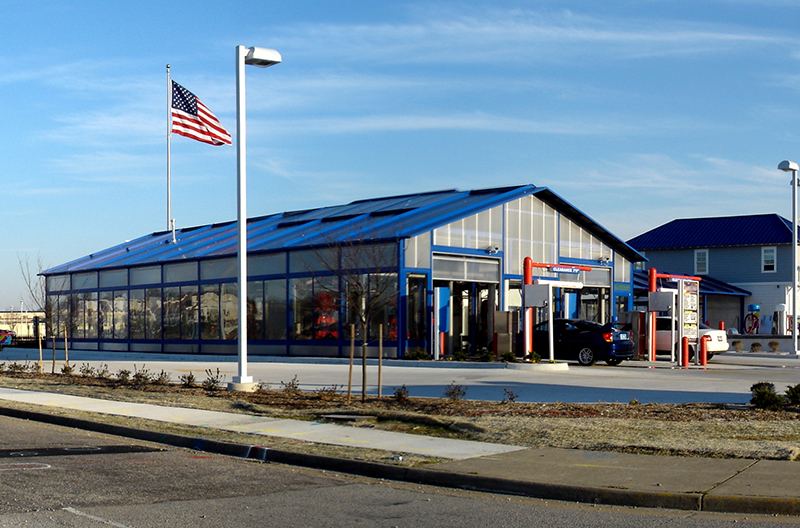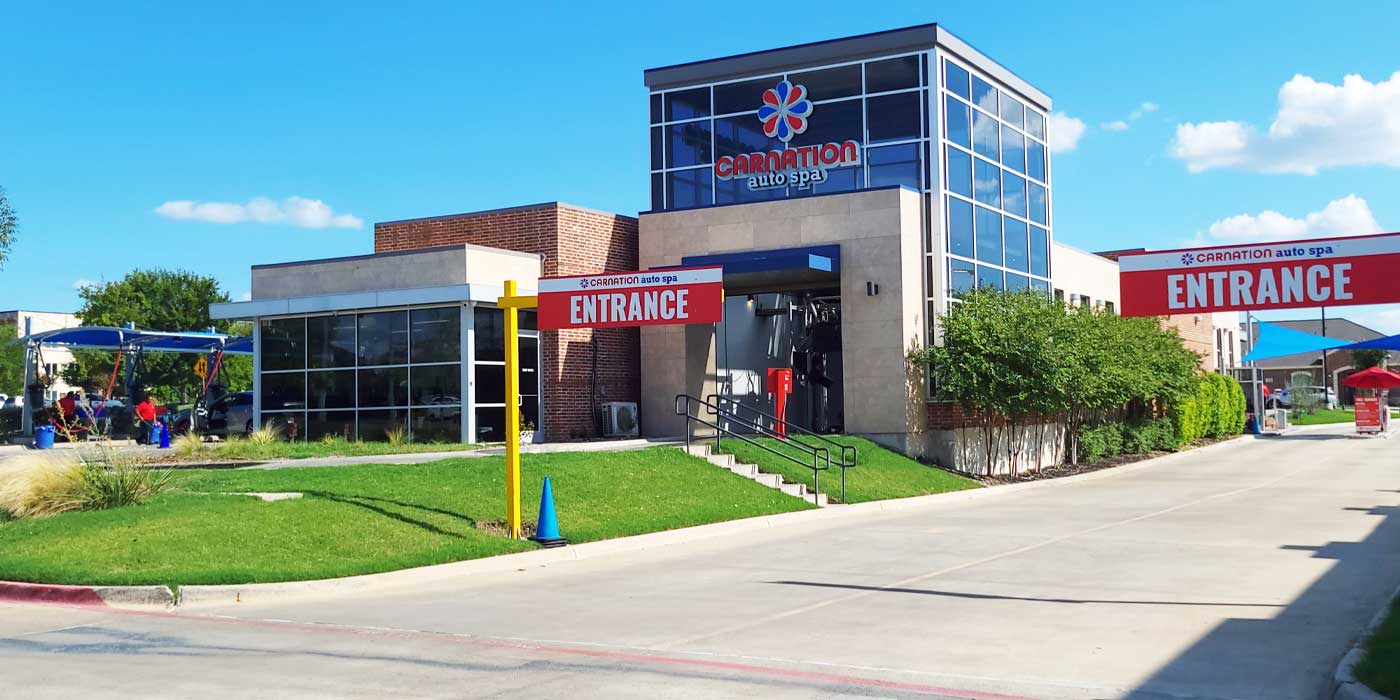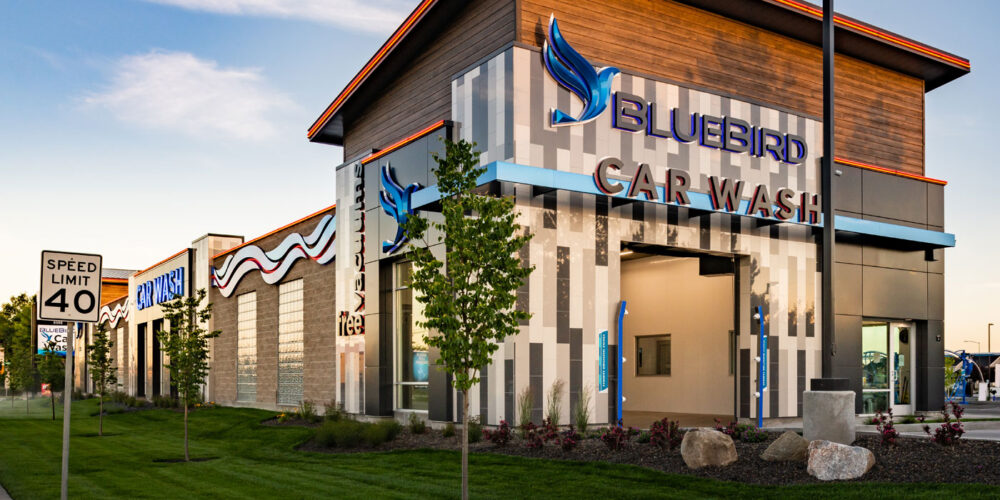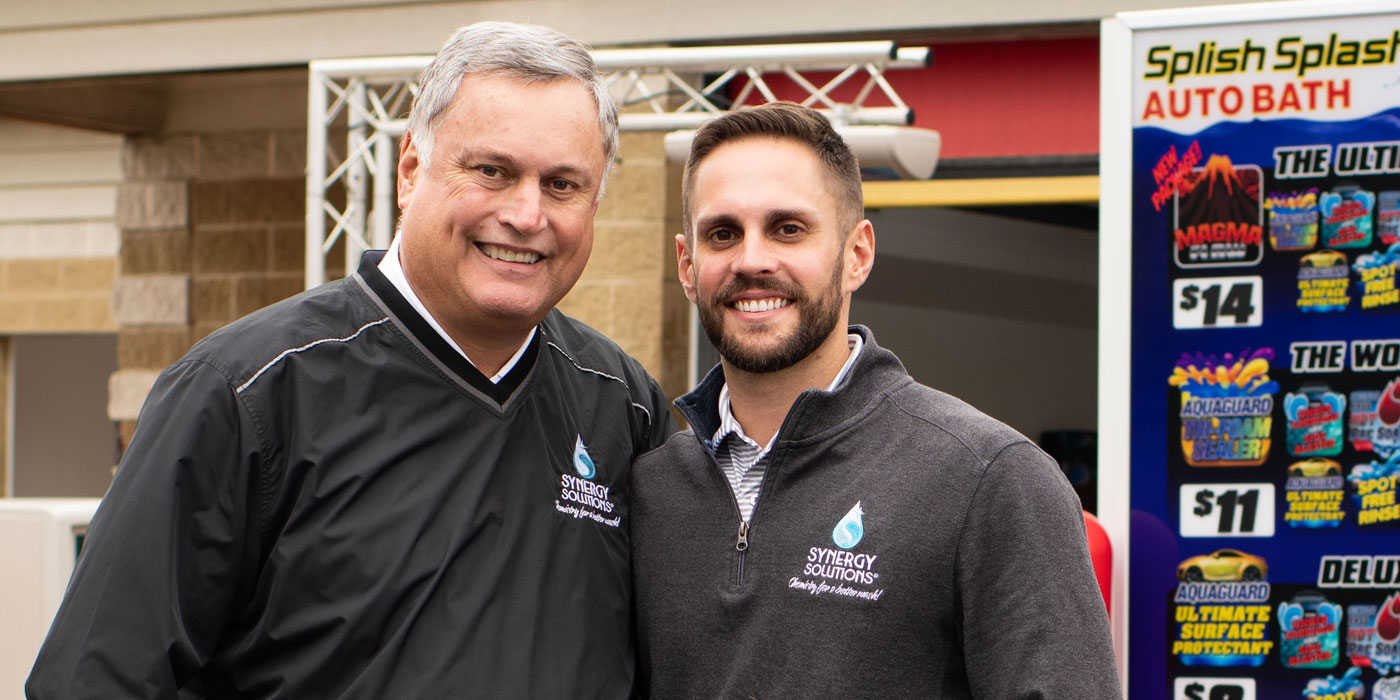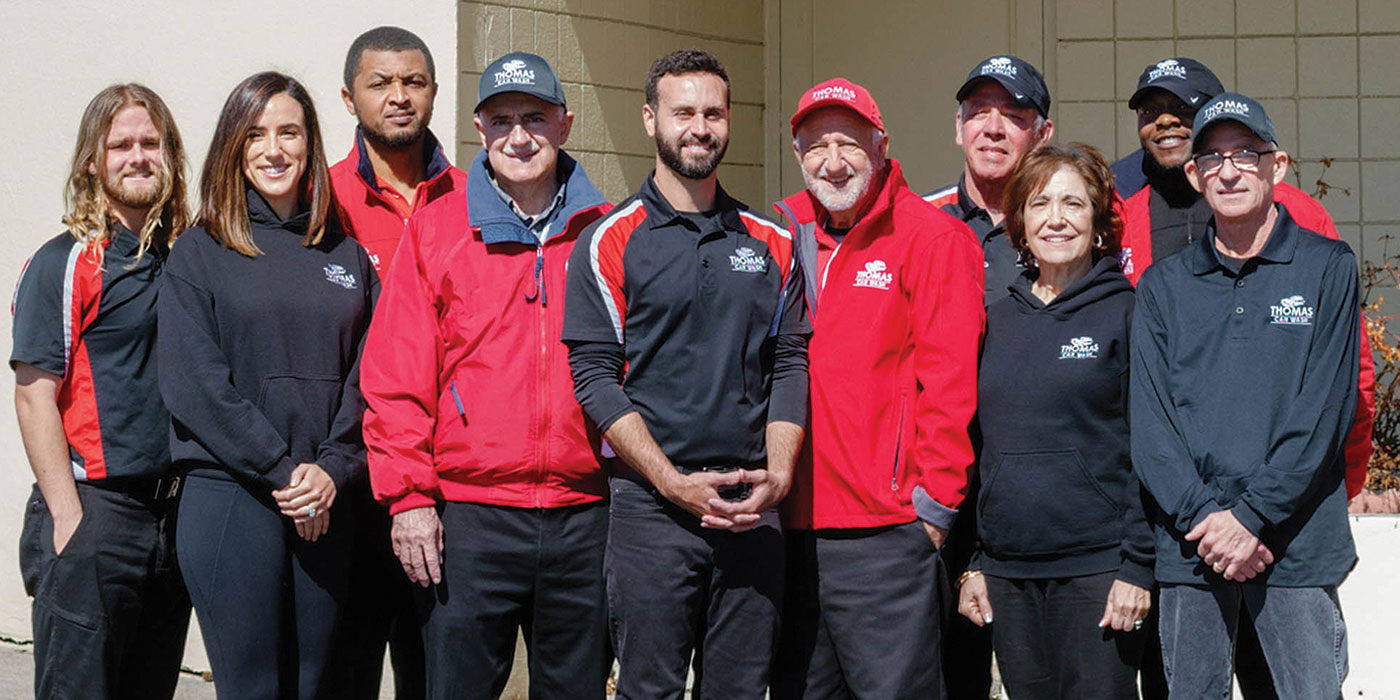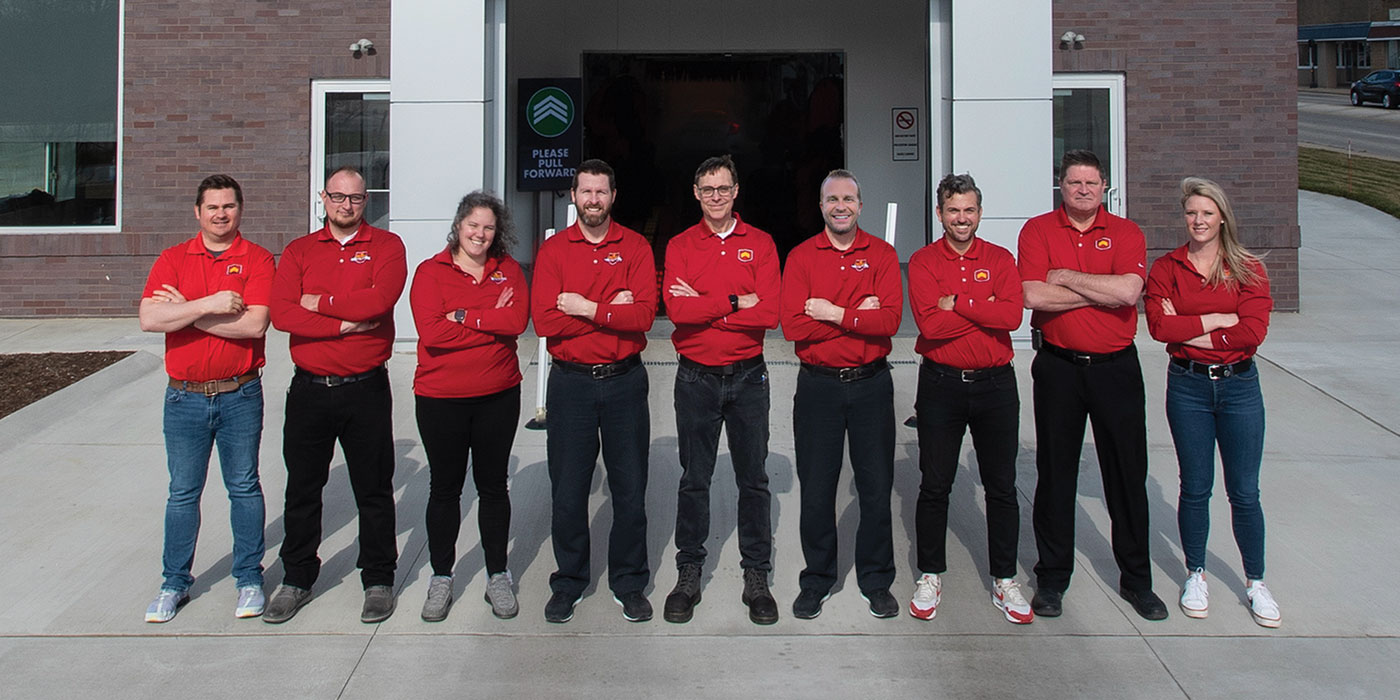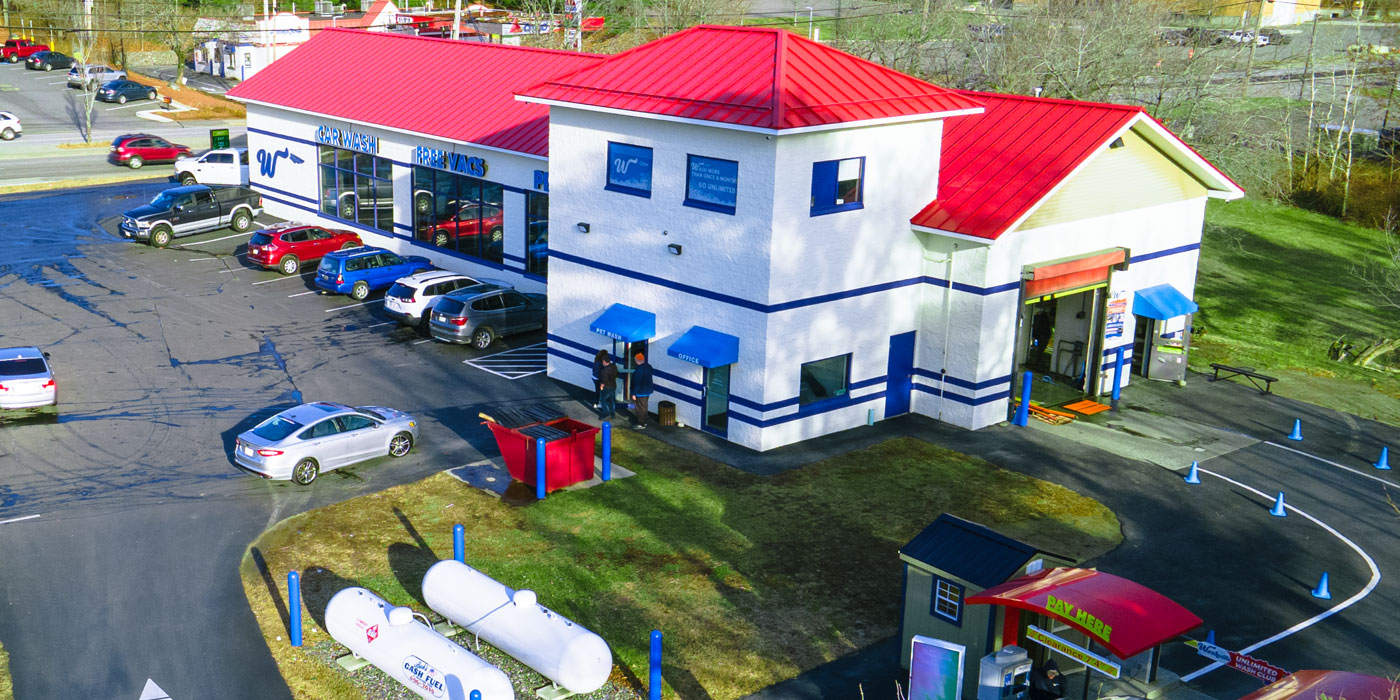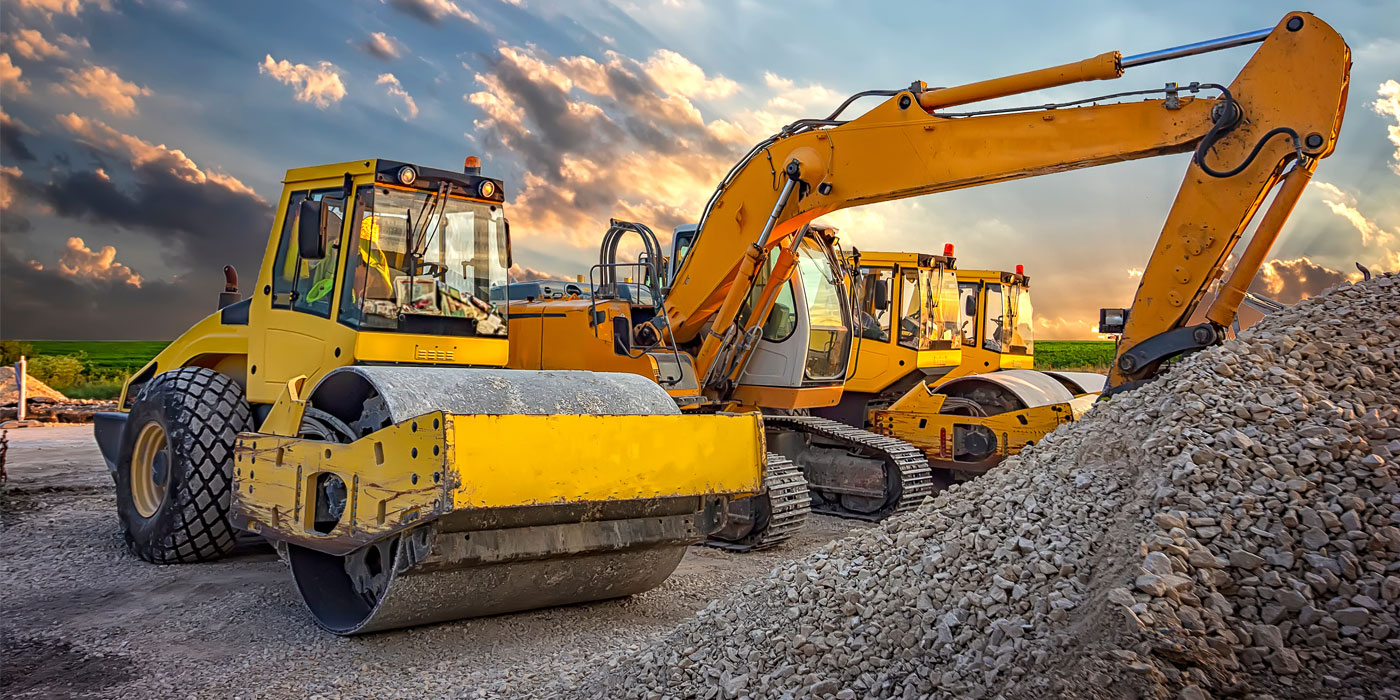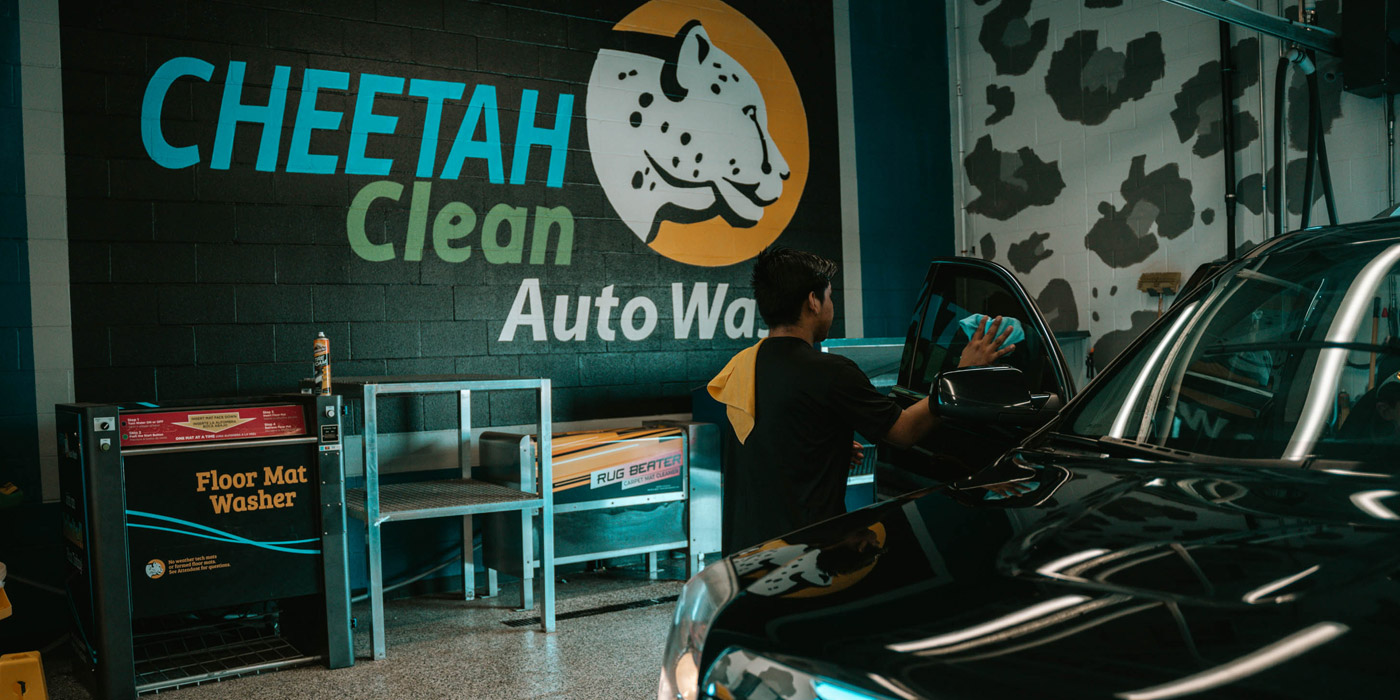The bigger, the better, right? When it comes to carwash tunnel length, the experts we interviewed for this article agree: Building an effective conveyor carwash that can service a high volume of customers means go big or go home. However, depending on your goals and your site’s space limits, a compact tunnel can still be profitable.
In short, tunnel size matters, and it should not be overlooked.
Having tunnel vision
For new investors and operators looking to build a new site, there are several considerations. First, after you have found that A-plus site, is to determine its size and projected carwash layout. Second, you want to consider your probable or desired volume.
Related: Site selection: Critical in building a carwash
Determining a new carwash’s tunnel length, note the experts we interviewed for this article, is also accomplished by understanding the following:
- The area’s demographics
- What the market needs are
- Lot size
- Shape
- Budget.
Some new carwash operators, unfortunately, might be restricted by the size and shape of the selected site regarding what they can do with tunnel length. For these operators, it is recommended to build the wash that best fits the site and then adjust expectations and goals as needed.
According to Steve Gaudreau, who is the President of Brink Results LLC, there are some very important factors that many new operators do not consider during the planning of a new carwash.
“In a dry climate, for instance, you might not have caked-on mud or bug issues like you see in other U.S. climates,” says Gaudreau, adding that the amount of prepping your wash offers and the level of automation will also play a factor in determining tunnel length. “So, for example, in dry climates with a lot of prepping or high level of equipment automation, a shorter tunnel may be selected.”
Experience counts
Evaluating the operator’s skillsets and taking the time to visit other washes over a two-year period before selecting a site and its tunnel length is how Brent Wignall, co-owner of Wiggy Wash, who now owns four conveyor carwashes of various lengths, eventually created his chain’s dual-conveyor, 205-foot tunnel, which currently services (at half capacity) a combined total of 20,000 cars a month and is the chain’s largest tunnel.
“With our washes, it’s been about two things: creating an experience and volume. We’re creating a hybrid of those two concepts. We didn’t want to choose one over the other — we wanted both,” explains Wignall. “In order to achieve that hybrid, we needed a longer tunnel.”
Prior to becoming a carwash owner for the first time, Wignall took the time to network with experienced operators as well as invested in traveling to visit existing sites.
“This gave us perspective on what we liked and what we felt didn’t work,” recalls Wignall. “If we arrived at a site that we didn’t like or wasn’t fitting in our vision for what a successful carwash should look like, we maybe spent 15 minutes or less at these sites. However, we would spend all day with the operators who were doing it right, and we tried to pick their brains as much as possible.”
Today, Wignall sees sites rushing to open near busy places just to capitalize on the powerful combination of a carwash’s potential and the heavy traffic. “I have seen some first-time carwash owners build these smaller, 110-foot tunnels or less just because the site is in a busy area, but there’s no space. They don’t have a good flow of traffic, and customers are having to make sharp turns or even three-point turns due to the lack of space,” he explains. “They also have exit areas crossing with vacuum areas; it’s just a real mess.”
According to our experts, the operator’s skills are an often-overlooked variable in determining tunnel length, and it should also be considered. Longer tunnels require a steady flow of traffic, and it’s the operator’s responsibility to avoid bottlenecks or pileups in the tunnel.
Going long
According to Gaudreau, the standard size most manufacturers use for recommending tunnel length today for new washes is generally 120 feet.
“However,” Gaudreau proclaims, “the longer the tunnel, the higher the quality of the wash and the higher the volume you will be able to serve effectively. Successful operators, if they have the real estate and project high volume, choose to build their tunnels as long as possible.”
The site’s shape — rectangular sites are needed if you’re planning to build a longer tunnel — is also a key determinant in being able to build a long tunnel and lay out the site properly.
“The rule of thumb in this industry is: You give me the conveyor length, and I’ll tell you how many cars per hour you can wash,” says Gaudreau. “For an 80-foot tunnel with the right conditions, for instance, you can maybe wash 100 cars per hour if you got great equipment and an experienced operator. But, usually, when it comes to wash quality — clean, dry and shiny — the shorter the tunnel, the harder it is to deliver volume and a high quality wash because of a lack of drip space, chemical dwell time and limited contact with blowers.”
Ideally, new investors and operators should determine their wash’s goals, such as desired volume and profit potential, prior to selecting a site. Then, note our experts, accounting for tunnel length should already be factored in early.
Remember, the longer the tunnel, the higher the initial investment in the land, equipment, building, etc.
Related: What you need to know when building a new tunnel carwash
As Gaudreau puts it, once a site is selected and a tunnel length is determined, laying out the wash’s equipment is both a science and an art. Carwash equipment and chemical manufacturers are critical partners during this process. And, new operators can also lean on more local help.
“The key person I find almost always for a new operator is the local distributor,” says Gaudreau. “A distributor will know the local market, the area’s soil and water conditions as well as climate challenges, and they should be at least familiar with the competition.”
Smaller packages
Thanks to advances in wash equipment and automation, shorter tunnels are now able to deliver a higher quality wash in a smaller footprint compared to those in previous years. This is especially important in urban areas where space is not only limited but also very expensive.
The trends in the professional carwashing industry are clear. In many areas, sites are being called upon to do more with less, and carwash equipment and chemical manufacturers are improving their offerings to meet this demand.
While there are many reasons to go longer or shorter with your tunnel length, your calculations should include the factors noted in this article. You might have to deviate from your original plans for tunnel length after you quantify such important variables as the area’s demographics and climate conditions, as examples.
Still, when done right and tailoring expectations and goals accordingly, there are plenty of opportunities for your wash to be profitable, regardless of its tunnel size.

